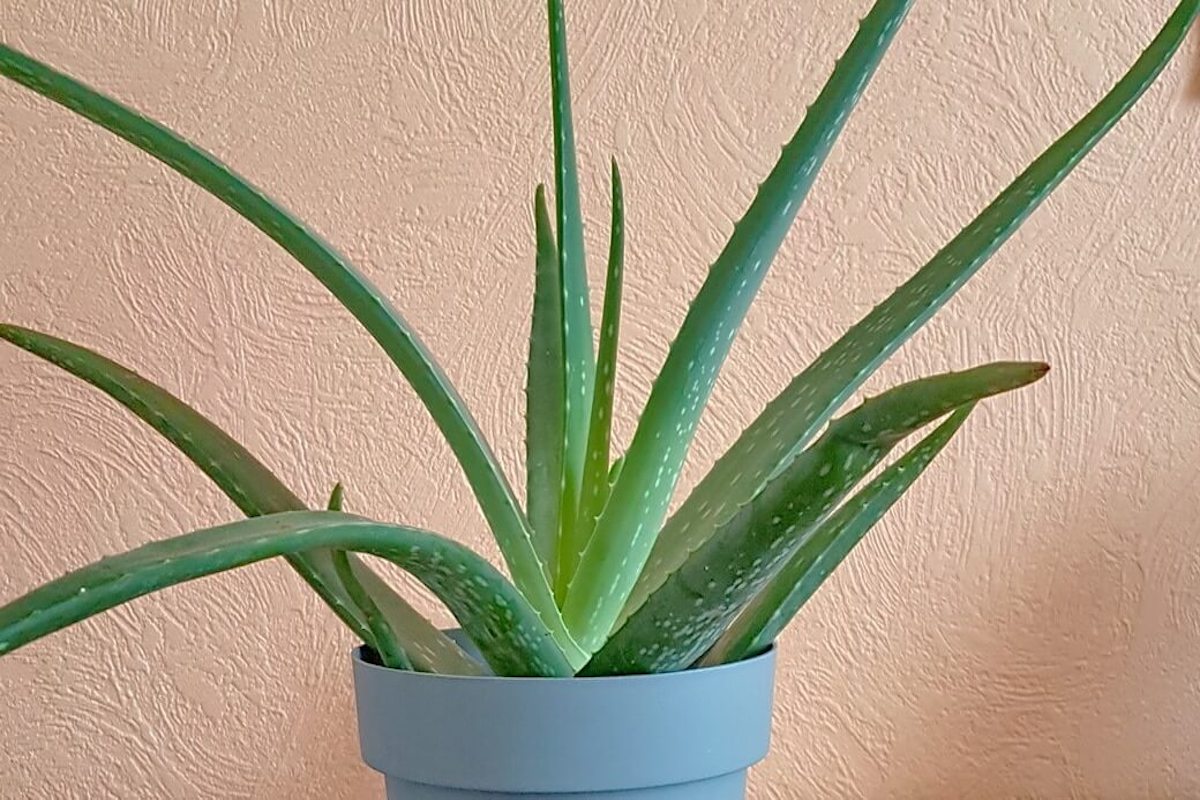The aloe vera plant is an easy to grow succulent native to Africa and Asia that, as a result of its many medicinal benefits, can now be found almost anywhere in the world. Its medical usage can be traced back to the 15th century when it became popular in Europe, Asia, and Africa in the treatment of various types of skin irritations. Today, in addition to its traditional role, aloe vera is also being used for dental hygiene, hair care, hemorrhoid relief, and more. Researchers are now exploring the potential benefits of aloe in the treatment of high cholesterol, digestive disorders, diabetes, and even cancer.

Common applications for aloe vera
Research has verified that the traditional topical application of aloe vera’s gelatinous leaf sap relieves pain and promotes healing of minor skin irritations including burns, abrasions, boils, and bruises. It can also be used to soothe and treat cold sores, shingles, and psoriasis. Teens may find it beneficial when applied to acne. Manufacturers of topical pain relievers mix aloe vera with lidocaine and menthol to create soothing, cooling skin lotions.
Aloe vera is also being used to promote dental hygiene and treat irritations and sores inside the mouth. It helps to remove plaque on the teeth and acts as an antibacterial to help prevent tooth decay. Aloe can be used to clean dentures. Dentists even add aloe vera to root canal filling material to kill microbes that can cause infection to spread to other areas of the head, face, and neck.
You can use aloe vera to treat dandruff, and as a conditioner when you shampoo. Many manufacturers of conditioners commonly include aloe in their products, but it can also be applied directly from the plant’s leaves.
Aloe vera can also provide relief from insect bites and stings. Those who live near, or visit, coastal areas may want to keep some on hand in case they have close encounters with jellyfish.
How to use fresh aloe vera as a topical treatment
For a small area like an insect sting or sore, simply break off the end of one of the plant’s thick leaves and apply the sap inside to the affected area. For larger areas, break off a longer section of a leaf, slit it end to end, and open it up. You can either remove the gel from inside the leaf and apply it or just lay the opened leaf directly on the skin, gel side down. You can use a bandage to keep it in place.
As a hair conditioner, split as many leaves as needed end to end, remove the gel, and apply it after shampooing, just as you would any other conditioner. Rinse it out, and that’s it!
Without going into detail, aloe vera is also effective in the treatment of hemorrhoids if applied using the same methods used with other treatment creams. The only difference is that aloe vera should be removed from topical areas after about 15 minutes.
In rare instances, some people have experienced minor allergic reactions to aloe vera. For this reason, you may wish to test it on a small area before using it. If your skin gets irritated, don’t apply it elsewhere. Wash the test patch off with soap.
Oral use
According to Healthline.com (healthline.com/nutrition/can-you-eat-aloe-vera), “aloe vera leaves are generally safe to eat.” A WebMD article (webmd.com/diet/health-benefits-aloe-vera-juice#1) discusses the benefits of consuming aloe vera juice and goes on to state that it may be helpful in treatment of heartburn. It is recommended, however, that you consult with your dentist and/or physician before oral use of aloe vera and that you avoid consuming it unless your doctor approves. There are multiple articles online with information about how to safely use aloe vera to improve oral hygiene and treat sores in the mouth as described above.
Grow your own
Aloe vera is very easy to grow indoors or out, but it comes from a sub-tropical climate and will not tolerate frost. If you have a location indoors that gets a good amount of sun, you can grow it in any climate. Because the aloe plant is a succulent like cacti, look for potting soil formulated for succulents. You’ll probably find aloe plant available where you buy your soil. Just put it in the pot and watch it go. Unless your plant gets over-watered or doesn’t get enough sunlight, you shouldn’t have any problems growing it and you’ll soon find “pup” plants emerging that you can transfer to their own containers.
Ongoing research and limitations
Health professionals and researchers are exploring the possibilities that aloe vera could benefit diabetics. Research is being conducted to determine whether aloe can be used effectively to lower cholesterol and treat certain cancers. Aloe is also being evaluated as a treatment for digestive disorders.
Experts warn that aloe doesn’t protect skin from becoming sunburned, nor is it an effective treatment for deep wounds.
In closing…
Aloe vera can be purchased at most home and garden stores, is extremely easy to grow, and is even easier to use as a time-tested topical remedy. This, combined with its many benefits and uses and the fact that the aloe plant is also quite beautiful, is reason enough to grow your own medicine cabinet in a flowerpot. And how much money could you save on skin creams, conditioners, oral hygiene products, and (if needed) hemorrhoid medication just by purchasing a house plant that is self-replenishing?
